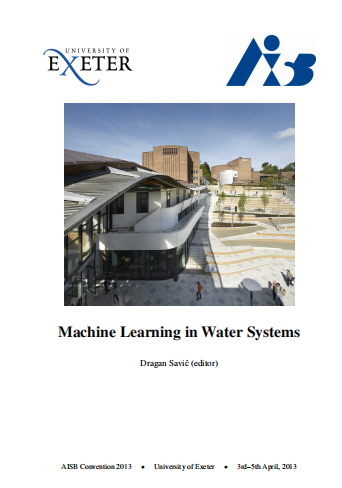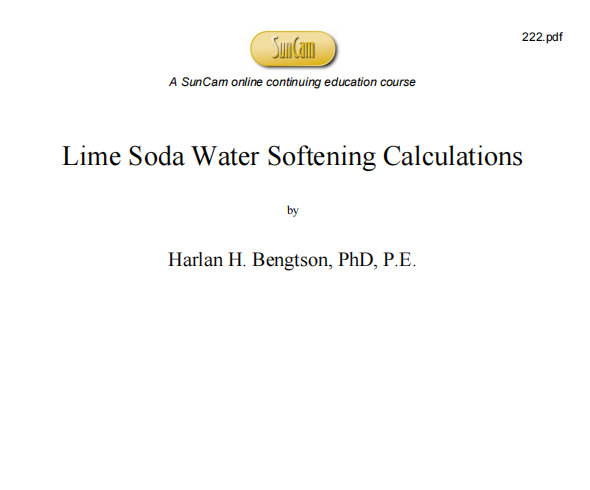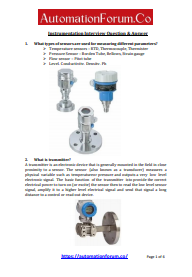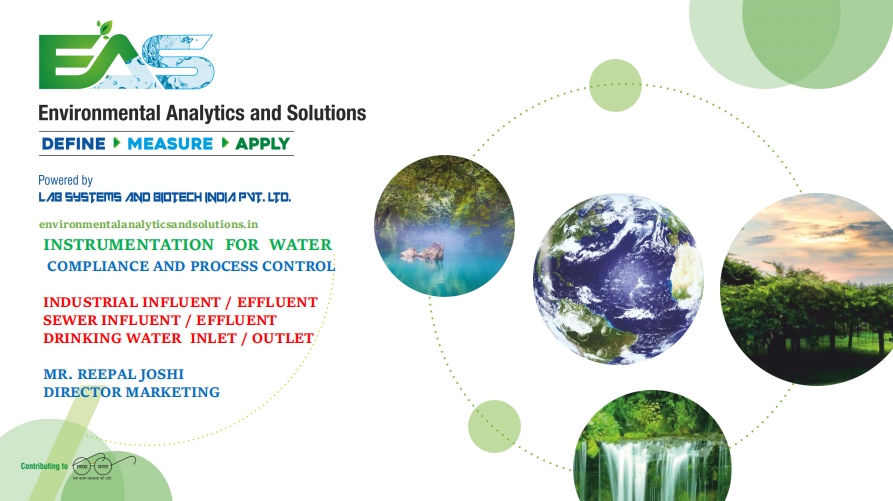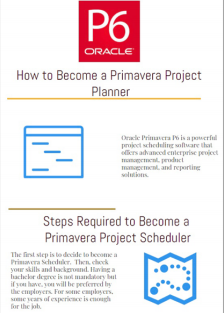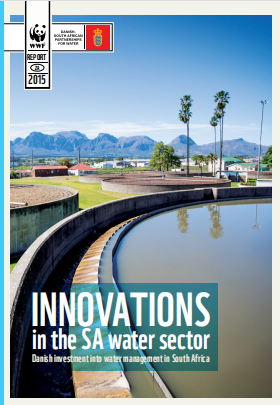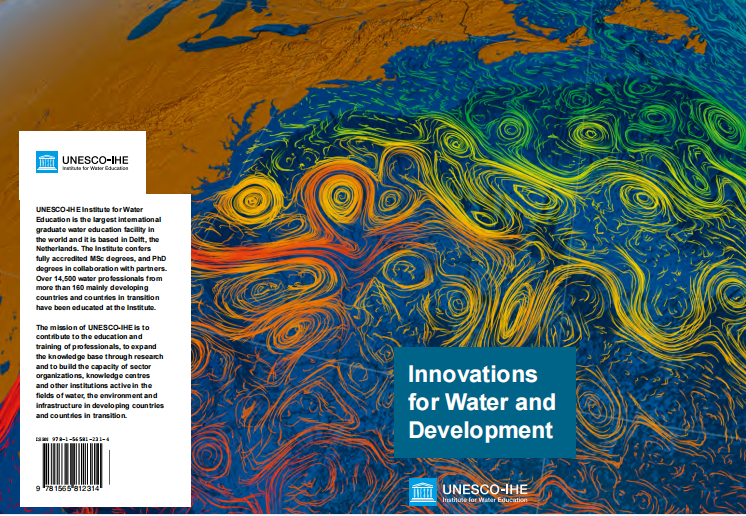Machine Learning In Water Systems
PREFACE
The emergence of water, alongside energy and food, as one of the three major, interlinked, global environmental security issues provides abundant challenges and opportunities for the application of Machine Learning to such problems as optimization of water distribution and
drainage networks’ design and operation, modelling and prediction of fluvial, pluvial, urban and coastal flooding, sediment transport and water quality issues. Advances in GIS, remote sensing and weather forecasting techniques mean that environmental data is becoming
increasingly abundant at the same time as demands for solutions and tools to work on these problems become more urgent. Numerical models have been applied widely to improve the understanding and operational management of natural and manmade water systems. Traditionally, so-called “physicallybased” models have been applied for such purposes. However, such models are often computationally demanding, and frequently require significant data to constrain model structures and parameters. Data-Driven Models (DDMs) based on Machine Learning
techniques - which seek to provide a mapping between the inputs and outputs of a given system, with little prior process knowledge – have emerged as an attractive option for prediction and classification in water systems. The principal benefit of such DDMs is their fast execution time, which allows many more model evaluations for a fixed computational budget. Such models have been applied widely to address a variety of problems within water systems modelling, including: system simulation (e.g. rainfall-runoff modelling/rating curve prediction) when trained on measured data, and also when employed as metamodels and trained to emulate models with a stronger physical (or process) basis; to improve the speed of the optimization procedure by acting as a surrogate model to the full fitness evaluation; to correct systematic errors in physically-based models during real-time forecasting; to provide uncertainty bound predictions during model forecasting when trained on uncertainty bounds derived from offline calibration; and in classification (for example of predicted severity of a hazard or exceedances of regulatory limits). Despite their potential benefit, successful application of machine learning techniques is not straightforward. A variety of machine learning techniques, optimization methods and evaluation procedures have been applied in the research literature. It is not always clear which methods will perform best in different settings, and how choices made will influence performance. As an example, different machine learning techniques might perform best depending on how their performance is evaluated within a given operational setting.
Furthermore, although such methods are technically “black-box” models, system understanding may be required to choose the best input variables, and tailor the approach to the operational setting in question. With a view towards sharing the interdisciplinary knowledge required to make appropriate methodological decisions, papers are invited that explore issues of model design and application, and in particular, papers that compare different approaches for machine learning application.
Machine Learning In Water Systems
PREFACE
The emergence of water, alongside energy and food, as one of the three major, interlinked, global environmental security issues provides abundant challenges and opportunities for the application of Machine Learning to such problems as optimization of water distribution and
drainage networks’ design and operation, modelling and prediction of fluvial, pluvial, urban and coastal flooding, sediment transport and water quality issues. Advances in GIS, remote sensing and weather forecasting techniques mean that environmental data is becoming
increasingly abundant at the same time as demands for solutions and tools to work on these problems become more urgent. Numerical models have been applied widely to improve the understanding and operational management of natural and manmade water systems. Traditionally, so-called “physicallybased” models have been applied for such purposes. However, such models are often computationally demanding, and frequently require significant data to constrain model structures and parameters. Data-Driven Models (DDMs) based on Machine Learning
techniques - which seek to provide a mapping between the inputs and outputs of a given system, with little prior process knowledge – have emerged as an attractive option for prediction and classification in water systems. The principal benefit of such DDMs is their fast execution time, which allows many more model evaluations for a fixed computational budget. Such models have been applied widely to address a variety of problems within water systems modelling, including: system simulation (e.g. rainfall-runoff modelling/rating curve prediction) when trained on measured data, and also when employed as metamodels and trained to emulate models with a stronger physical (or process) basis; to improve the speed of the optimization procedure by acting as a surrogate model to the full fitness evaluation; to correct systematic errors in physically-based models during real-time forecasting; to provide uncertainty bound predictions during model forecasting when trained on uncertainty bounds derived from offline calibration; and in classification (for example of predicted severity of a hazard or exceedances of regulatory limits). Despite their potential benefit, successful application of machine learning techniques is not straightforward. A variety of machine learning techniques, optimization methods and evaluation procedures have been applied in the research literature. It is not always clear which methods will perform best in different settings, and how choices made will influence performance. As an example, different machine learning techniques might perform best depending on how their performance is evaluated within a given operational setting.
Furthermore, although such methods are technically “black-box” models, system understanding may be required to choose the best input variables, and tailor the approach to the operational setting in question. With a view towards sharing the interdisciplinary knowledge required to make appropriate methodological decisions, papers are invited that explore issues of model design and application, and in particular, papers that compare different approaches for machine learning application.
Lime Soda Water Softening Calculations
Introduction
Hardness in water is due to the presence of divalent cations, primarily calcium and magnesium (Ca++ and Mg++), in water and causes problems with the water such as scaling in pipes and excessive usage of soap. The two primary processes for removing hardness from water are ion exchange softening and chemical precipitation with lime and soda ash. Ion exchange softening is widely used for home water softeners and is often used for softening of groundwater in public water supply treatment plants. Chemical precipitation of hardness with lime and soda ash, commonly called lime soda softening, is used in most cases where surface water supplies are softened in public water supply treatment and in some softening of groundwater for public water supplies. Lime soda softening is the subject of this course, which includes coverage of calculating the different types of hardness in a water sample from lab analysis results, conversions among different units for hardness, information about three lime soda water softening process alternatives (two stage excess lime water softening, split treatment, and selective calcium removal); calculation of the dosages needed for lime soda ash and carbon dioxide; calculation of daily chemical requirements; and calculation of solids production rates. A sample spreadsheet is included with the course. It will calculate the different types of hardness in a water sample from entered lab analysis results and will calculate the chemical dosages and solids production rates for the selective calcium
removal process. The sample spreadsheet is useable for either U.S units or S.I. units.
Lime Soda Water Softening Calculations
Introduction
Hardness in water is due to the presence of divalent cations, primarily calcium and magnesium (Ca++ and Mg++), in water and causes problems with the water such as scaling in pipes and excessive usage of soap. The two primary processes for removing hardness from water are ion exchange softening and chemical precipitation with lime and soda ash. Ion exchange softening is widely used for home water softeners and is often used for softening of groundwater in public water supply treatment plants. Chemical precipitation of hardness with lime and soda ash, commonly called lime soda softening, is used in most cases where surface water supplies are softened in public water supply treatment and in some softening of groundwater for public water supplies. Lime soda softening is the subject of this course, which includes coverage of calculating the different types of hardness in a water sample from lab analysis results, conversions among different units for hardness, information about three lime soda water softening process alternatives (two stage excess lime water softening, split treatment, and selective calcium removal); calculation of the dosages needed for lime soda ash and carbon dioxide; calculation of daily chemical requirements; and calculation of solids production rates. A sample spreadsheet is included with the course. It will calculate the different types of hardness in a water sample from entered lab analysis results and will calculate the chemical dosages and solids production rates for the selective calcium
removal process. The sample spreadsheet is useable for either U.S units or S.I. units.
Instrumentation Interview Question & Answer
1. What types of sensors are used for measuring different parameters?
➢ Temperature sensors – RTD, Thermocouple, Thermister
➢ Pressure Sensor – Borden Tube, Bellows, Strain gauge
➢ Flow sensor – Pitot tube
➢ Level, Conductivity, Density, P
Instrumentation Interview Question & Answer
1. What types of sensors are used for measuring different parameters?
➢ Temperature sensors – RTD, Thermocouple, Thermister
➢ Pressure Sensor – Borden Tube, Bellows, Strain gauge
➢ Flow sensor – Pitot tube
➢ Level, Conductivity, Density, P
How to Become a Primavera Project Planner
The contract scheduling specifications mandate the use of critical path method (CPM) schedules for the management of many construction projects. An understanding of the underlying mathematics that forms the basis of critical path methodology is a necessary prerequisite to the use of Oracle Primavera® P6™ Project Management software (P6) for the creation or review of schedules.
Chapter 1 discusses the elements of project planning, including the creation and use of work breakdown structures. This chapter additionally discusses Caltrans’s standard schedule requirements, so an understanding of what the contract requires can be gained.
Chapter 2 discusses the different types of scheduling methods, and then teaches the basic terminology associated with CPM scheduling. Chapter 3 provides detailed instructions on the development of critical path networks
How to Become a Primavera Project Planner
The contract scheduling specifications mandate the use of critical path method (CPM) schedules for the management of many construction projects. An understanding of the underlying mathematics that forms the basis of critical path methodology is a necessary prerequisite to the use of Oracle Primavera® P6™ Project Management software (P6) for the creation or review of schedules.
Chapter 1 discusses the elements of project planning, including the creation and use of work breakdown structures. This chapter additionally discusses Caltrans’s standard schedule requirements, so an understanding of what the contract requires can be gained.
Chapter 2 discusses the different types of scheduling methods, and then teaches the basic terminology associated with CPM scheduling. Chapter 3 provides detailed instructions on the development of critical path networks




